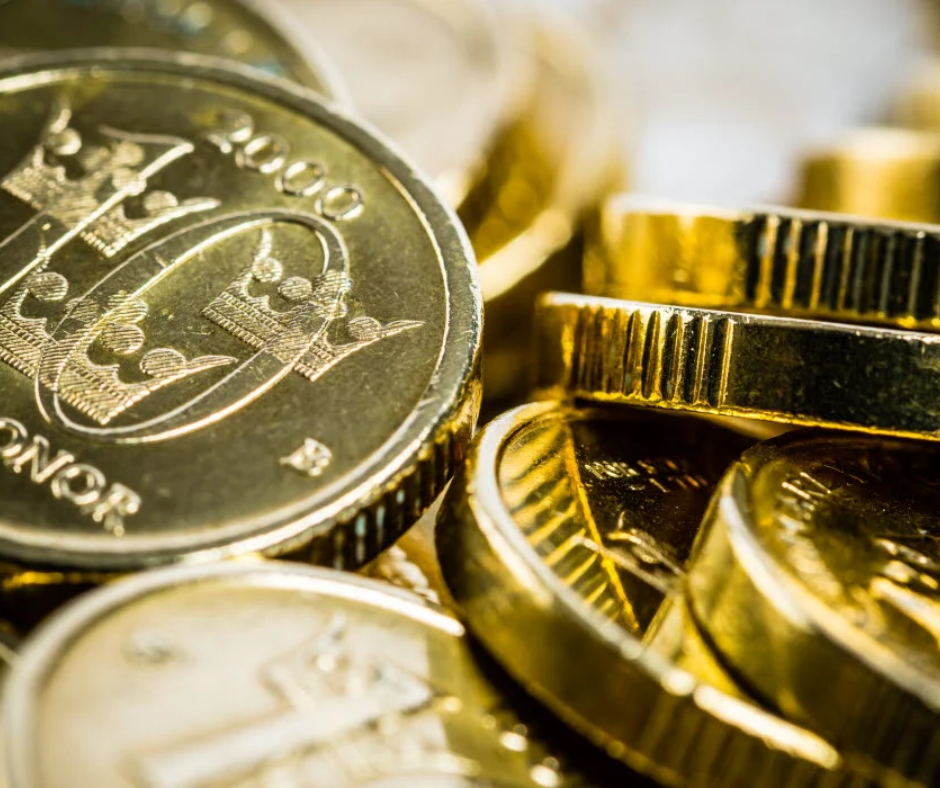The Nordic-Baltic region entered 2025 with diverging currency realities. Sweden’s krona remains at historic lows, while the euro, used in Finland and the Baltics, has strengthened. For exporters, the divergence is reshaping competitiveness, margins, and trade flows.
Sweden: Weak Krona Gives Exporters Breathing Space
At the start of 2025, the Swedish krona traded around 11.3 SEK per euro, down nearly 10% from early 2023. Against the U.S. dollar, it averaged 10.6 SEK/USD, its weakest in over a decade.
For exporters, this has been a rare tailwind. In 2024, Swedish goods exports grew 5.1%, outpacing the EU average of 1.3%, largely driven by machinery, automotive components, and paper products. The machinery sector alone expanded exports by 6.7%, while automotive parts were up 4.2% year-on-year. The weak krona effectively cut export prices for global buyers, helping firms remain competitive despite rising domestic costs.
Finland and the Baltics: Strong Euro Pressure
In contrast, euro-linked exporters face headwinds. The euro gained against major currencies in late 2024, hovering near 1.10 USD/EUR, which eroded price competitiveness outside the eurozone.
- Lithuania: Furniture exports — a €3.5 billion industry making up 30% of total manufacturing exports — grew by just 0.8% in 2024, well below the 10-year average growth of 6–8%.
- Estonia: Electronics exports declined 4.5% year-on-year, with producers citing euro strength as a key reason for lost orders in North America.
- Finland: Metal exports, worth €7 billion annually, saw margins squeezed as higher euro rates pushed up effective prices abroad. GDP growth slowed to 0.7% in 2024, compared with 2.1% in Sweden.
Regional Trade Shifts Emerging
Currency divergence is altering regional supply chains. Swedish suppliers selling to eurozone manufacturers benefit when contracts are priced in euros — revenues rise once converted back into krona. Conversely, Baltic firms selling into Sweden find it harder to compete, as euro-priced goods become relatively more expensive for Swedish buyers.
Policy Outlook
Sweden’s Riksbank is cautious: inflation stood at 3.4% in December 2024, still above the 2% target, limiting scope for rate cuts that might stabilize the krona. The European Central Bank, facing eurozone inflation below 3%, has signaled a steady policy stance — suggesting euro strength will persist in early 2025.
Outlook for Exporters
- Sweden: Short-term export gains are strong, but input inflation from imports (e.g., energy, raw materials) could erode margins.
- Baltics & Finland: Firms must lean on productivity, brand value, or specialization (like niche furniture or tech) to offset currency disadvantages.
- Region-wide: Expect trade flows to tilt slightly toward Swedish suppliers in mixed Nordic-Baltic value chains.
Currency crosswinds are no longer background noise. In 2025, they are a defining factor shaping who gains and who loses in the export race across Northern Europe.


















